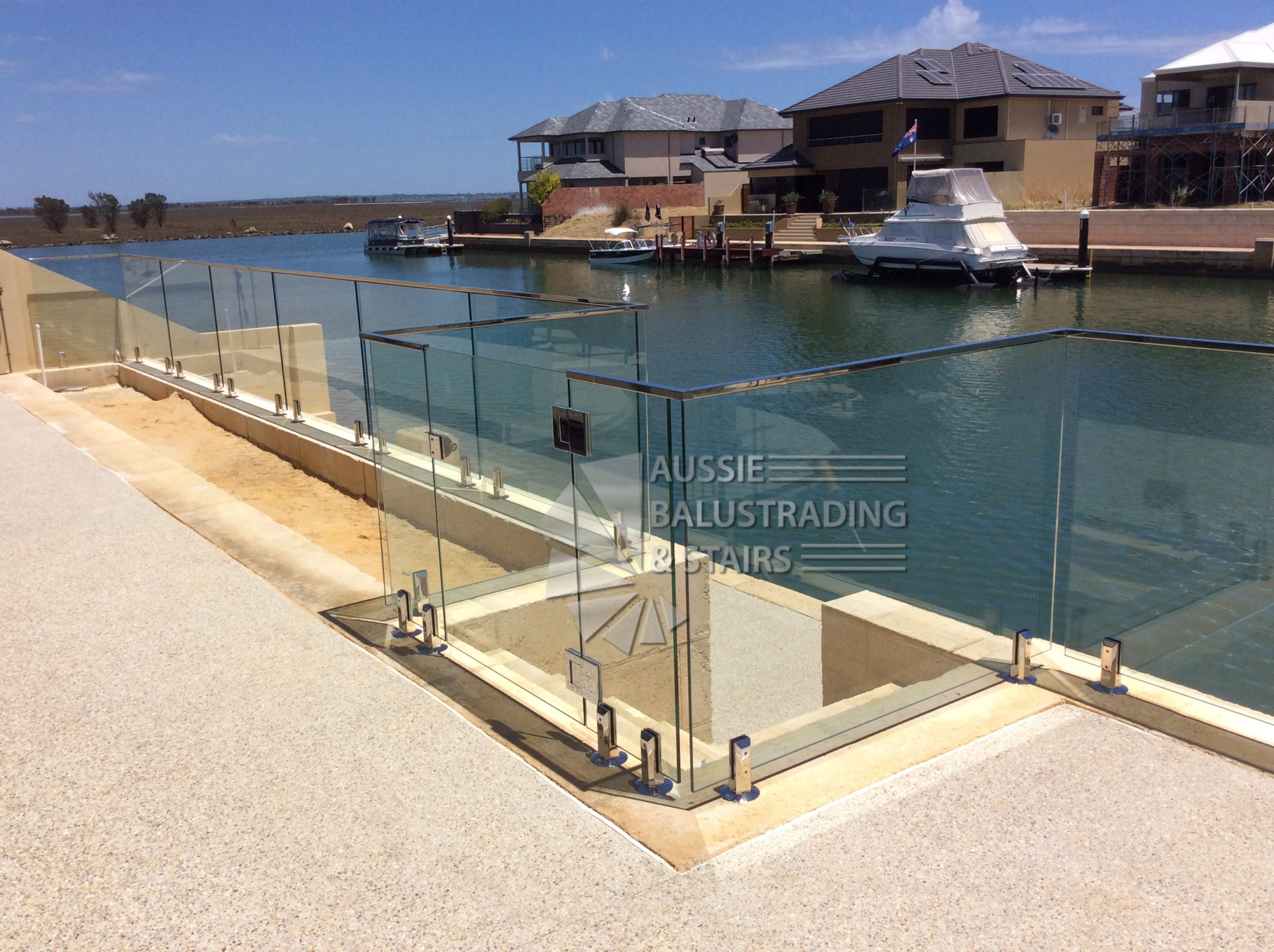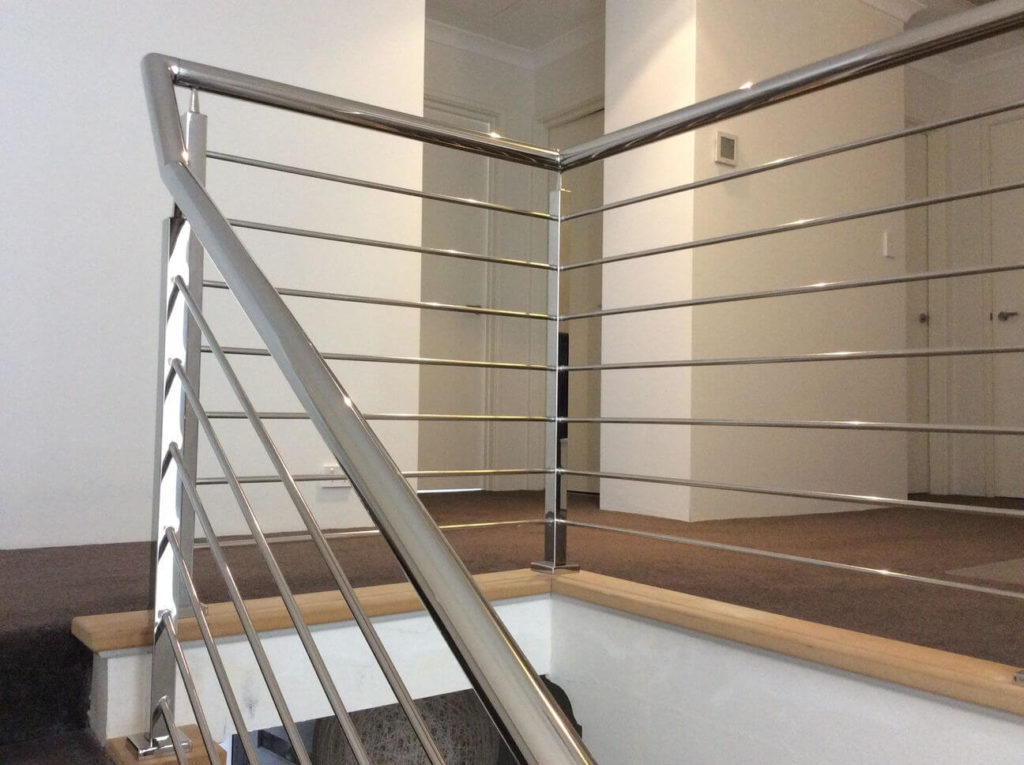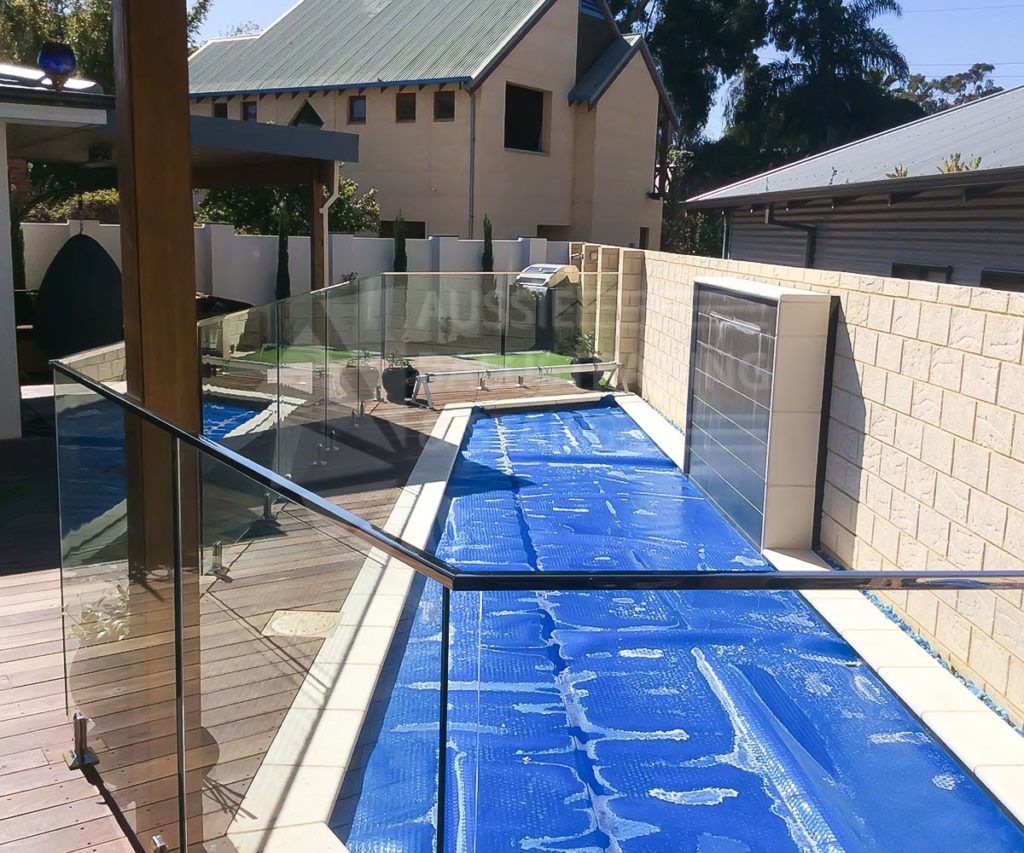It’s so much easier to unwind and have fun when you have a pool in your backyard. However, when you have a pool, your priorities are children and other people’s safety. But how do you provide that? By installing a pool fence.
Having a pool fence prevents those at high risk of drowning or injury from entering the unsupervised area. Ideally, you want a pool fence that’s tall enough to help secure the place. However, it’s not that easy to install. There are many factors and laws that you need to consider before moving forward with an installation.
Just like handrails for stairs, pool fences also have a bunch of state laws and homeowners association laws that you’ll need to consider when designing and building your pool fence. It might sound intimidating and complex at first, but we’ll break it down for you.
If you want to know how tall your pool fence should be, keep reading. We’ll give you the basic information you need about pool fences in this article. Let’s get to it!
What’s a permanent pool fence and a temporary pool fence?
Like any home element, you can also have different pools installed in your pool area. The two types of fences you can choose from: a permanent fence and a removable fence.
A permanent pool fence’s goal is to ensure that no one enters the pool area unsupervised, making it a big necessity for families who have children and other people who need extra care and protection.
But if you work with a reputable balustrading company, you’ll have a fence that will look aesthetically pleasing and will give the right protection you need for your loved ones.
As for temporary pool fences, this type of fence is a great economical alternative and an innovative solution for pool safety. This is because you can easily remove the fence if you need to use the pool area without needing to go through hours of installation and removal.
Homeowners association and pool fences
If you’re a resident in an area with HOA, you’ll need to note their standards and regulations before building a pool fence. You’ll usually find the requirements and laws in your community’s Declaration of Covenants, Conditions and Restrictions (CC&Rs).
Fortunately, some CC&Rs are thorough, covering every alteration a property could receive. This is because the HOA wants to ensure that every homeowner complies with their requirements and follows their restrictions to ensure the community’s safety.
Government regulations and pool fences
Depending on where you live, your city regulations will vary, and that will also include the height and elements of your pool fences.
Just like handrails for stairs in a residential and commercial area, you need to be aware that building a pool fence will come with requirements and specifications from the government. Usually, you’ll find these laws or base code standards in your city’s building code. Most of the time, contractors and designers rely on the International Building Code to define and be aware of the regulatory process.
On the other hand, if you plan to build a fence for a public pool, you’ll need to know the local pool drowning statistics and jurisdictional liability claims. With these in mind, you’ll have an idea of the perfect height of the pool fence you’ll need for your area.
Conclusion
Although there isn’t a specific height required for having a pool fence, you must follow your local HOA and city or town regulations so that you’ll have an idea of how high your pool fence should be. Like handrails for stairs, knowing the elements, regulations and factors for pool fences will help you design and decide on the perfect pool safety solution while making sure your pool area looks aesthetically pleasing.
If you need help with pool fences and handrails for stairs, consider working with Aussie Balustrading. We sell high-quality steel and stainless steel staircases, wireless balustrading, handrails and more. Check out our products today!




